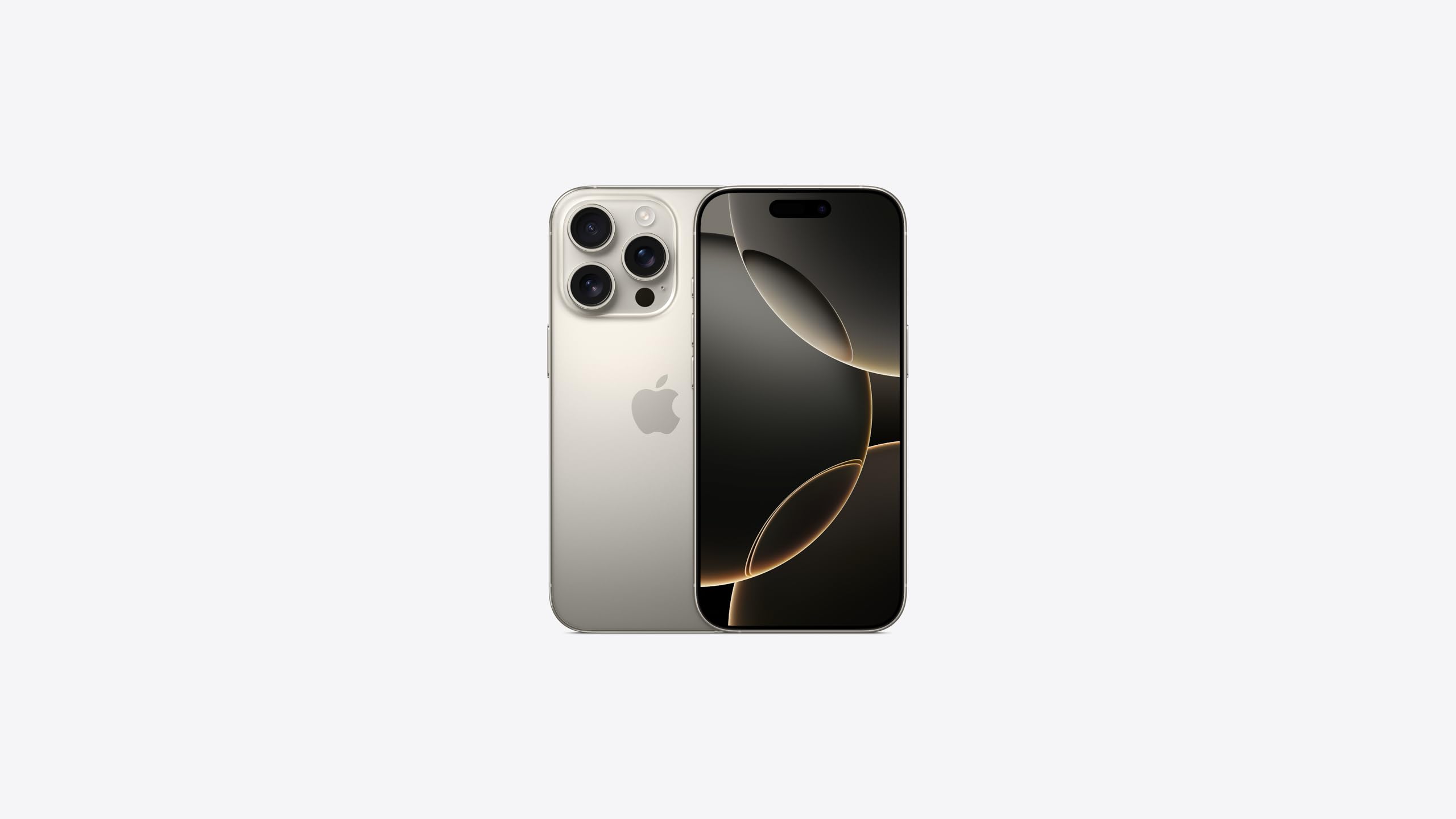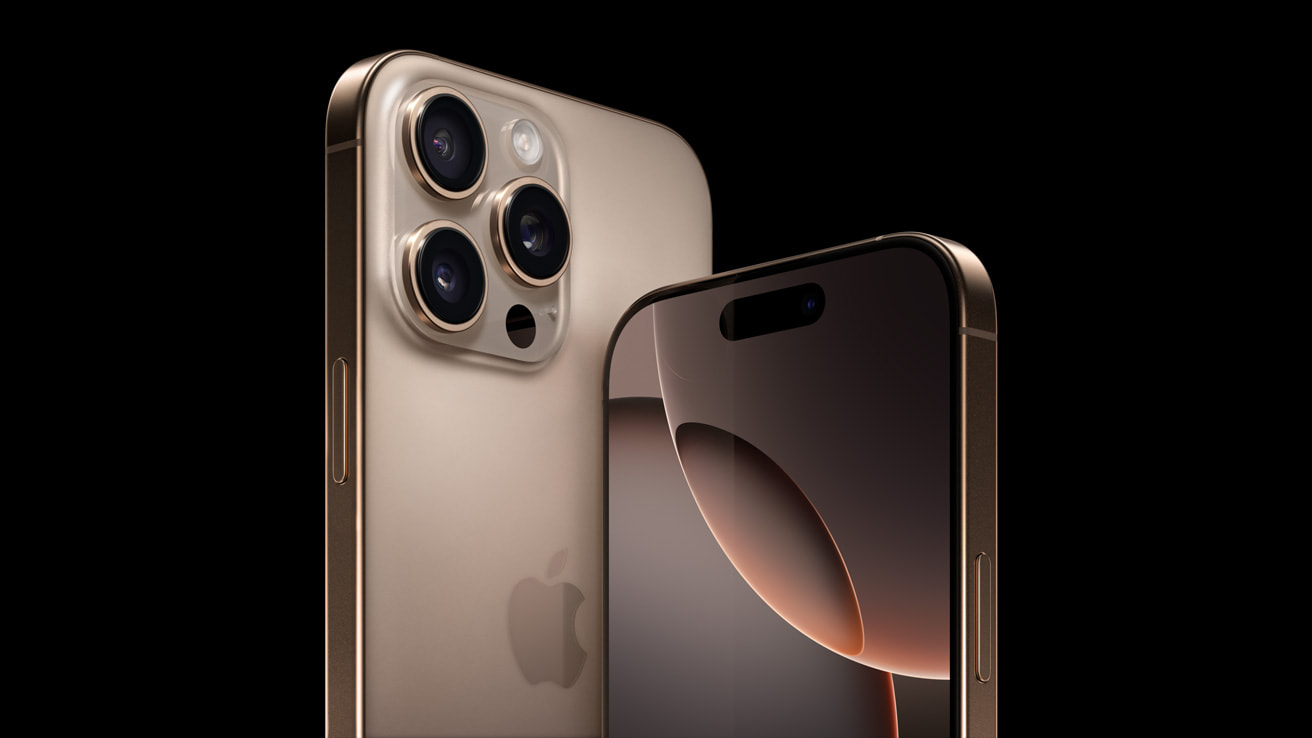No, you don’t have to have an iPhone 17 if you want to employ Apple’s next-gen on-device artificial intelligence. Apple Intelligence requires an iPhone with an A17 Pro chip or newer (that’s most of the current and recent models). For the purpose of contrast, if you’ve waited to upgrade because you assumed the newest AI features would be restricted to the most recent flagship, here’s the full compatibility picture — and why it appears the way that it does.
Apple Intelligence brings useful new functionality throughout your system: smarter Siri, with Writing Tools to rewrite / summarize / proofread, creating images and Genmoji, Clean Up in Photos, better notification triage, and on-device content understanding. Apple’s system is a hybrid one that combines a local process with their Private Cloud Compute for the heavier operations, trying to balance speed and privacy for everyday tasks.

Supported iPhone models
These phones get the complete Apple Intelligence in iOS 26: iPhone 15 Pro, iPhone 15 Pro Max, all models of iPhone 16 (iPhone 16, 16 Plus, 16 Pro, 16 Pro Max), and the iPhone 17 family. If your device includes an A17 Pro chip or later, you’re good to go.
Oh, and the non-Mini iPhone 15 and 15 Plus don’t make the cut here, either. They employ the A16 Bionic, which is missing the Neural Engine throughput and memory headroom Apple is shooting for with on-device models. Which means not all of these features are going to be on 15 and 15 Pro, even though we’re talking about the same generation here.
Why these iPhones
Apple’s demand is more than just marketing; it’s necessarily bound to hardware. The A17 Pro ushered in a step-change in AI ability by providing a vastly more powerful Neural Engine and 8GB of RAM on Pro iPhones. Apple has said that Apple Intelligence relies on the A17 Pro (or better)’s performance envelope to run core models on-device—enabling the system to be responsive, maintain context, and keep sensitive data safe locally. During developer sessions, Apple stressed that running this kind of processing locally lessens latency and keeps personal information off third-party servers.
When workloads surpass the phone’s local compute, Apple preempts then and pushes them to Private Cloud Compute—Apple’s own servers running custom Apple silicon and hardened using the mechanisms described in its platform security documentation. The split model has the effect of making supported iPhones feel fast most of the time, while more complex requests scale up transparently. Independent teardowns from groups like iFixit and performance analyses from outlets like AnandTech have also illustrated the more capacious memory footprint and Neural Engine improvements that make that cutoff possible.

What older iPhones continue to receive
All compatible devices get the base iOS 26 update Unlike with the Apple Intelligence suite that powers it you’ll still get general bug fixes, app refinements, and UI tweaks regardless of which phone you’re using, the suites themselves are gated at A17 Pro and later on the iPhone side. Some server-side enhancements (like better search ranking or enhancements to dictation) might indeed show up more widely, but the headline features—new Siri with rich context, the Writing Tools systemwide, Image Playground, Genmoji, Clean Up—are still limited to the supported hardware.
Upgrade advice: Cheapest door to Apple Intelligence
If you want the complete experience at the lowest price, the iPhone 15 Pro is the entry model. It gets you the necessary A17 Pro, 8GB of RAM, and still-great battery life while also frequently going on sale through trade‑in offers or carrier promos. The iPhone 16 series debuts the latest A18-class chips with efficiency and Neural Engine improvements, so functions like image generation, dictation, and extended-context Siri requests tend to be faster. The iPhone 17 family will almost certainly give you the moster-est headroom, but it’s overkill for most people who just want Apple Intelligence without dropping top-tier wads.
One sort of practical pro-tip: if any of those scenarios resonate with you because you often do a lot of work offline like… summarizing long notes, cleaning up photos in great big batches, making images while you travel, then newer silicon does pay off in sustained performance. The 15 Pro and 15 Pro Max can still power through that still performs AI well enough for my everyday use.
An aside on iPad and Mac
Apple Intelligence support requires M‑series chips (M1 or later) on iPad and Mac, based on Apple’s developer documentation. That’s a wider range than for the iPhone, so you might discover that your tablet or laptop is already eligible even if your current phone is not. Privacy features such as on-device processing and Private Cloud Compute can be experienced systemwide, as features are also created to work consistently across devices.
Bottom line
Apple’s iOS 17 AI capabilities are not limited to the iPhone 16. To open up Apple Intelligence, any iPhone with A17 Pro or newer — 15 Pro/Pro Max, the entire 16 lineup and 17 models — can do so. You know the 15 Pro is the smart floor if you’re upgrading with leeway on the cost in your head; the 16 or 17 families are where you step into if you value longevity more.

